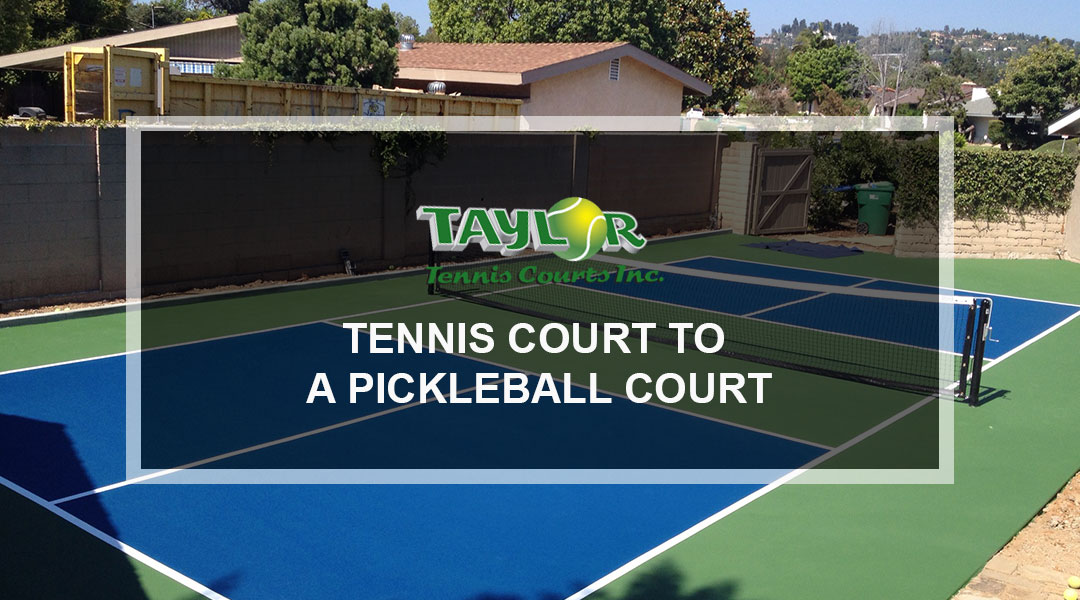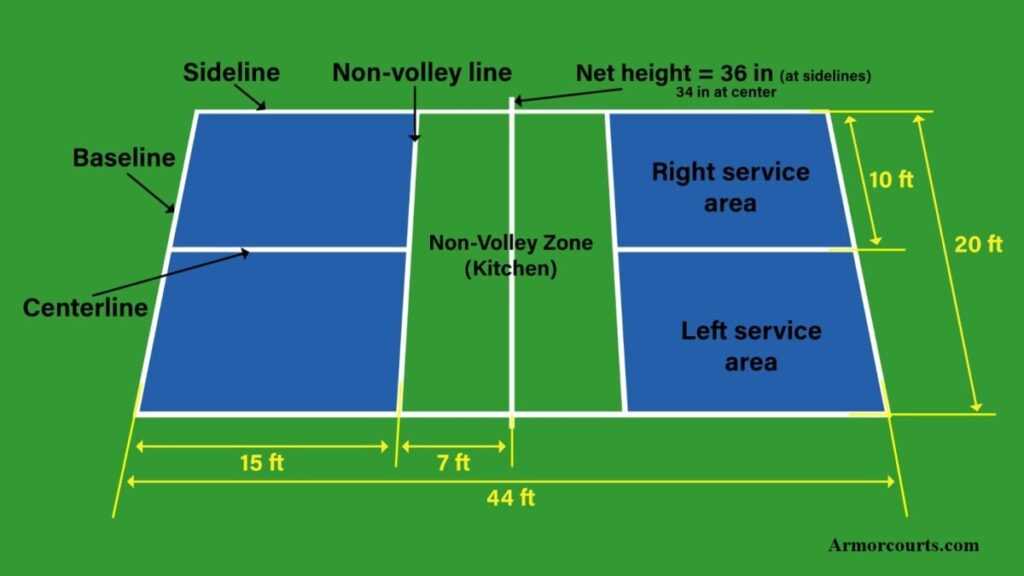Customized Pickleball Court Construction for Residential and Commercial Spaces
Customized Pickleball Court Construction for Residential and Commercial Spaces
Blog Article
Sustainable Practices in Pickleball Court Construction You Must Know
As the appeal of pickleball remains to climb, so also does the demand for lasting practices in court building and construction. This technique not just addresses ecological issues however additionally boosts the longevity and functionality of the courts. From picking green materials to applying reliable water drainage and energy-saving lighting options, there are countless approaches to take into consideration. The effect of these practices expands far beyond the court itself. Understanding exactly how each component adds to an extra sustainable future welcomes better expedition right into the detailed balance in between leisure growth and environmental stewardship.
Picking Eco-Friendly Products
Choosing environmentally friendly products is an essential action in the building of sustainable pickleball courts. The selection of lasting products not just decreases ecological effect however additionally boosts the long life and efficiency of the court. Trick materials include reused rubber for the surface area, which offers excellent toughness and shock absorption while diverting waste from land fills.
In addition, making use of in your area sourced products lowers transportation discharges and supports local economies. Pickleball court construction. Utilizing native woods for secure fencing and seating can give a lasting aesthetic while guaranteeing durability versus the elements.
Incorporating permeable materials for court structures can additionally add to sustainability by enabling natural water drain and minimizing drainage. These options not only protect local communities yet also promote healthier play environments.
Reliable Drain Solutions
While the option of environmentally friendly materials is necessary, implementing reliable water drainage solutions is equally essential for preserving sustainable pickleball courts. Correct drainage not only shields the court surface area from water damage yet likewise minimizes disintegration and overflow, promoting environmental honesty.
Reliable drainage systems can include permeable paving, which permits water to infiltrate the ground as opposed to merging externally. This minimizes the likelihood of standing water, which can lead to mold and other upkeep concerns. Additionally, incorporating purposefully placed drain channels and swales can guide excess water far from the court area, ensuring a completely dry having fun surface and protecting against dirt erosion.
Utilizing native plants in the landscape design around the courts can additionally boost drain by absorbing excess water and lowering drainage. These plants need much less watering and advertise biodiversity, aligning with lasting methods.
Moreover, it is important to on a regular basis preserve the water drainage system to guarantee its lasting performance. This consists of clearing up particles and tracking for clogs. By focusing on effective drain solutions, pickleball court contractors can considerably contribute to the sustainability and long life of the center, inevitably profiting both gamers and the setting.
Energy-Efficient Illumination Options
As the demand for pickleball remains to expand, integrating energy-efficient lighting alternatives right into court style has actually ended up being significantly essential for sustainability. Conventional lighting systems frequently consume too much energy, adding to higher operational expenses and environmental impact. Adopting modern-day, energy-efficient modern technologies is important for both new building and constructions and restorations.
LED (Light Emitting Diode) lighting stands out as a top selection as a result of its longevity and power financial savings (Pickleball court construction). Compared to standard lights, LEDs utilize around 75% less power and can last as much as 25 times longer, considerably lowering upkeep costs. In addition, the directional nature of LED lighting lessens light air pollution, guaranteeing that lighting is concentrated on the court as opposed to bordering locations.

Sustainable Surface Alternatives
Checking out article sustainable surface alternatives for pickleball courts has obtained traction amongst gamers and home builders alike. The emphasis on green products not just aligns with the expanding environmental recognition but likewise enhances the performance and toughness of the courts.
One prominent choice is the use of recycled rubber, which can be sourced from utilized tires. This material offers exceptional shock absorption, reducing the risk of injuries for gamers while promoting sustainability. Furthermore, modular tiles made from recycled plastics use an additional practical option. These ceramic tiles are very easy to replace and mount, and their adaptability allows for numerous court setups.
Natural turf courts are likewise becoming a sustainable option, promoting biodiversity and decreasing the heat island effect. However, they need regular maintenance and water, which may not line up with all sustainability goals.

Water Preservation Strategies

One more reliable technique includes the setup of rain harvesting systems. These systems keep and accumulate rainwater for use in keeping court surfaces and landscaping. This strategy not only saves safe and clean water yet likewise lowers dependence on municipal sources.
Additionally, using drought-resistant landscape design around the courts is vital. Indigenous plants call for much less water and are much better adjusted to neighborhood environment problems, hence decreasing overall water consumption. In addition, using efficient irrigation systems, such as drip irrigation, guarantees that water is provided directly to plant roots, lessening evaporation and waste.
Final Thought
Including sustainable methods in pickleball court construction substantially adds to ecological conservation and source efficiency. By prioritizing these techniques, the construction of pickleball courts can line up with more comprehensive ecological objectives while advertising long life and functionality within neighborhoods.
As the popularity of pickleball continues to increase, so as well does the requirement for lasting techniques in court construction.Choosing environmentally friendly materials is an important step in the construction of sustainable pickleball courts. By prioritizing energy-efficient lights choices, pickleball court builders can add to an go to my blog extra lasting future while fulfilling the demands of gamers and stakeholders alike.Integrating sustainable surface alternatives not just boosts the efficiency of pickleball courts however likewise paves the way for applying reliable water conservation strategies.Integrating lasting methods in pickleball court construction dramatically contributes to environmental preservation and source efficiency.
Report this page